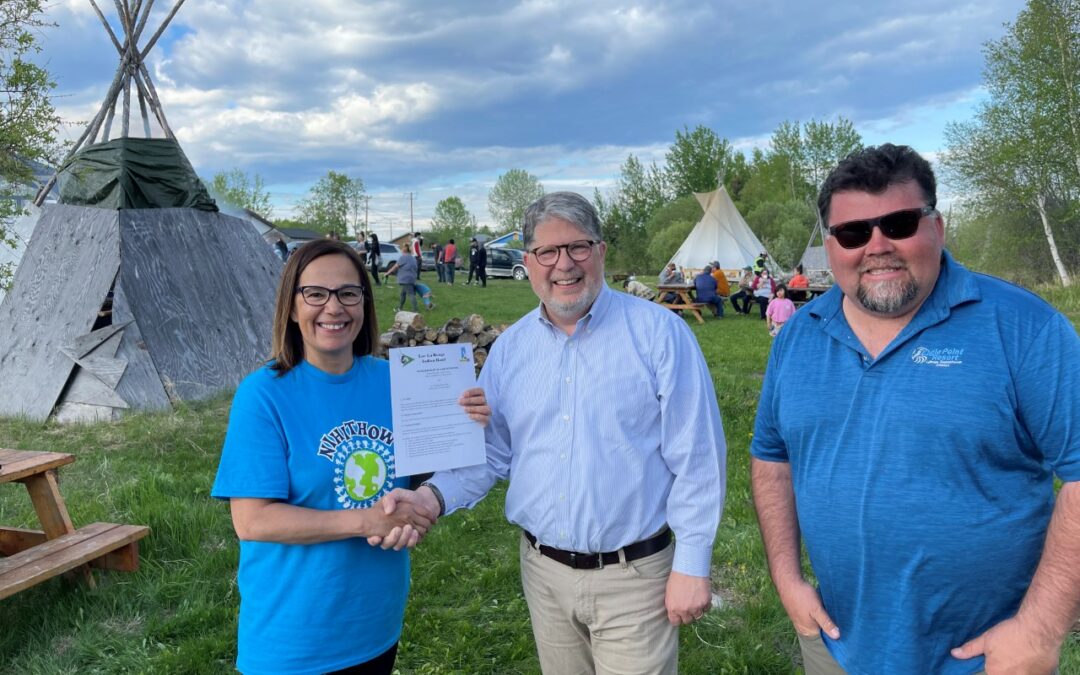By: Julia Peterson, Local Journalism Initiative Reporter, The StarPhoenix
The next elections in Saskatchewan may be a long ways away — but Elections Saskatchewan is busy preparing now, so all eligible voters will have the chance to cast their ballot when the time comes.
This week, Saskatchewan’s chief electoral officer Michael Boda and Lac La Ronge Indian Band Chief Tammy Cook-Searson formally agreed to work together to get rid of barriers to voting on the First Nation and encourage all eligible voters to cast their ballot.
Boda says this type of agreement is a “really important first step” that will help with many of the practical aspects of administering an election, as well as helping to foster an ongoing relationship.
“Election administration isn’t just about the technical side of the election — that we have a ballot, a secrecy screen and enough workers at the poll,” he said. “That is an important part of election administration, but the other part is building trust in the system.”
Elections Saskatchewan, along with the International Foundation for Electoral Systems (IFES), is also studying the specific barriers to voting Indigenous communities are facing throughout the province.
IFES vice-president Chad Vickery said there are three main issues making it harder for Indigenous voters to cast their ballots in Saskatchewan.
“Distance to polling centres is a huge issue,” said Vickery. “Another thing is voter identification, and access to voter identification. And a third, many times, is language barriers — when there is a language that’s not being translated in voter education materials.”
But in the decade since Boda took the helm at Elections Saskatchewan, he has seen progress on many of these problems.
“In (2011), we were not able to provide polls on every First Nation in the province,” said Boda. “In 2016, we were able to. In 2020, the same — but we also introduced some advance polling in seven First Nations across the province.”
Indigenous voters living on reserve can also use a letter of authorization from their chief as one of their two pieces of voter identification.
And Boda hopes that closer collaboration with First Nations governments will help more people receive their voter information cards, which are normally sent out through the mail.
“There are challenges, on First Nations, with delivering those voter information cards to individuals,” he said. “That’s why we need to work with First Nations chiefs and the band administration in order to move forward.”
As Boda’s travels through the province continue this summer, he will be signing memoranda of understanding with chiefs from multiple communities, formalizing the relationships between First Nations and Elections Saskatchewan in advance of the next election.
“It’s about building relationships throughout the entire cycle with stakeholders,” he said. “That’s how you build trust. You don’t — and you can’t — do that by showing up three months in advance.
“We definitely do not try to dictate the system or the way in which people are going to work. We try to give people comparative examples and help and give advice, but people have to choose and implement what they see as best for their community.”
(Photo of Lac La Ronge Indian Band Chief Tammy Cook-Searson and Chief Electoral Officer Michael Boda signing an MOU. Photo supplied by Elections Sask.)
